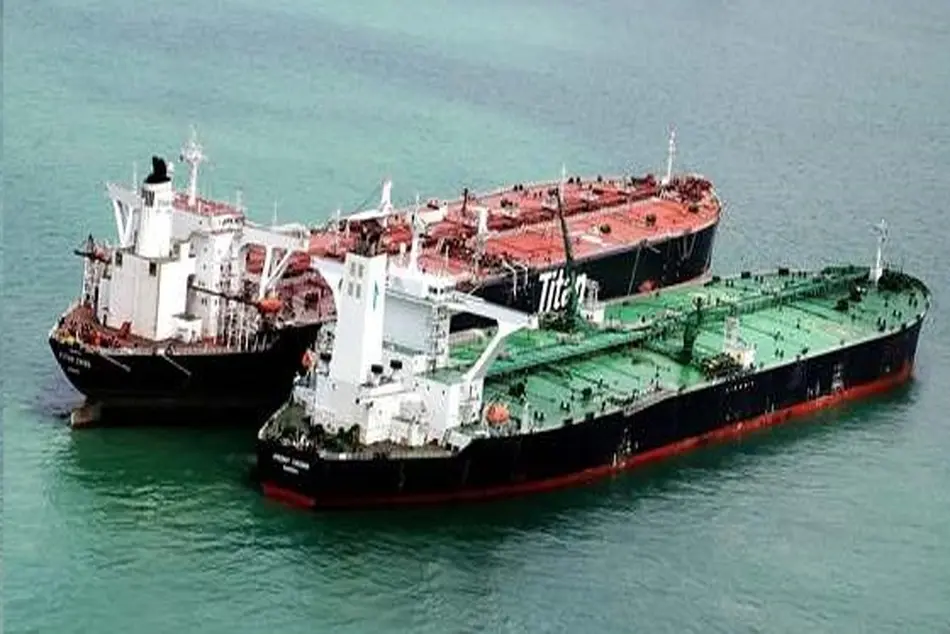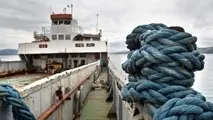Crane Safety Features during STS

Konstantinos Voutzoulidis, Senior Engineer, ABS, noted, during his presentation at 2017 SAFETY4SEA Conference, that personnel transfers using ship’s cranes during Ship-to-Ship transfer operations have significantly increased the last years; an increase in related accidents has been reported as well. Loss of time, damage of equipment, injuries and even fatalities are among the reported incidents, he said, and there are many causes that may lead to such, either due to human or equipment factors. Mr. Voutzoulidis advised that ship’s cranes, as being one of the identified causes, should be provided with certain safety features if intended to be used for personnel lifts and should be appropriately designed and meet the respective class requirements.
Personnel transfers should be properly planned and should be done using appropriate equipment, or else fatalities, injuries, damage to equipment and loss of time can be recorded. Possible causes for such incidents are: improper operation, crane issues, lack of life vests and PPE, inexperienced operator, crew and personnel, improper environmental conditions.
Crane issues can be categorized into the following:
Not suitable for personnel lifting
In poor condition
Malfunction
Component failure
Cranes not suitable for personnel lifting are cranes that may have been not designed for these operations or may have not been approved by a component authority and they have not been appropriately marked for lifting of personnel. Cranes in poor condition are cranes that have not been properly maintained and have not been inspected and tested regularly and may show significant wear and tear in their critical components.
Typical failures include wire rope parting, cylinder leakage, winch brake failure, no emergency recovery capabilities, not enough weight to enable the lowering or PLC failure.
Cranes should be designed in accordance with the following basic ABS requirements:
Personnel SWL 50% of Cargo SWL
Load blocks and Crane marked with Personnel SWL
Hooks with positive locking latches
Winch with min. two independent brakes
Cylinders to have double seals at piston head and rod (Otherwise two independent cylinders)
Emergency Recovery System per requested notation (Available Personnel Lifting Notations: PL, PL+, PL++)
Computer-based control system as Category II
ABS offers notations to vessels with special lifting capabilities. Available Personnel Lifting Notations are PL, PL+ and PL++, based on the available level of redundancy in case of a single point failure in the control system. More specifically:
PL notation signifies a crane with own independent means for controlled luff down and controlled load lowering.
PL+ notation signifies a crane with own independent means for controlled luff down, controlled load lowering and controlled slew.
PL++ notation signifies a crane with own independent means for all movements, e.g. controlled luff up and down, controlled load hoisting and lowering, controlled slew, controlled telescoping/folding
To summarize, cranes are to be designed, certified, surveyed and tested for personnel lifting. Their operation needs to be in accordance with approved SWL, environmental conditions and per manufacturer’s instructions. Also, training of all crew involved (operator, crew, personnel to be lifted) is required along with use of life vests and proper PPE.



